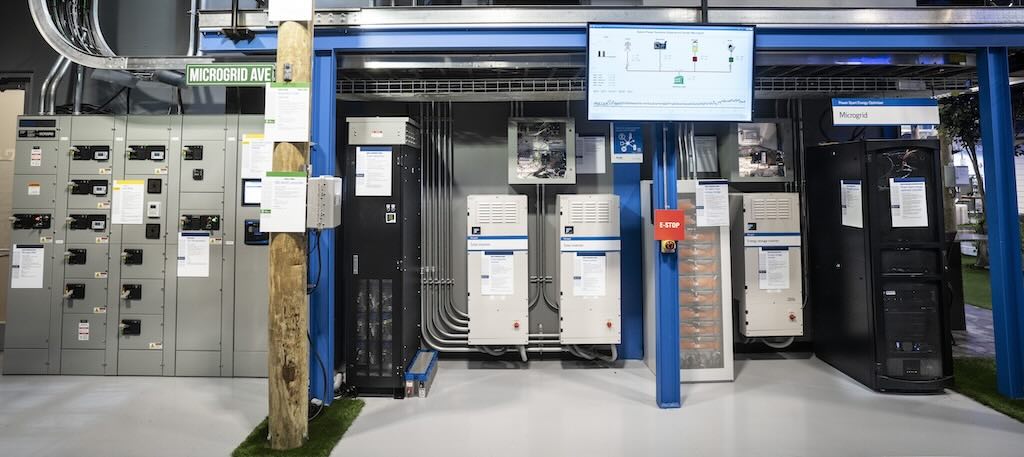You can’t control what you can’t measure, so effective monitoring and targeting is typically an important step in any campaign to save energy.
Many steam users are on the lookout for new ways to save energy as fuel bills and climate change legislation continue to bite. But saving energy isn’t rocket science. Just think about how people and processes manage their energy consumption. It can be an extremely effective strategy. Significant savings can be achieved when users are able to see exactly where energy is being used.
Many organizations find that effective monitoring and targeting (M&T) schemes can shave up to 5% off their energy bills. That’s because simply making an organization’s individual departments or cost centers accountable for their energy consumption puts the impetus for saving onto the users.
Making sense of M&T
Once they’re up and running, M&T schemes typically take factors such as the changing weather or production levels into account to check trends and spot avoidable waste. M&T also helps to highlight promising areas for further investigation, raise staff awareness and encourage the spread of best practices.
Accurate measurements; fast payback
The first step in making users pay for the energy they use is to measure their consumption. The more accurate their metering, the better the control over consumption, and that applies to steam as much as it does to other utilities, such as gas and electricity. The improved energy efficiency that often results from proper metering means that new metering installations typically pay for themselves within two years.
For the most accurate and efficient steam metering installation, the right meter needs to be selected. Steam is a relatively slow-flowing, high-temperature fluid with variable density, often feeding variable demand and with entrained moisture that can damage unsuitable meter types.
Accuracy is obviously important, but turndown—which is the ratio of the maximum and minimum flow rate that the meter can measure—is often an even bigger consideration. Choosing a meter with the largest possible turndown minimizes the chance of ending up with a meter that can’t measure accurately across the required flow range.
Content provided by Spirax Sarco, originally published in Steam News Magazine.



